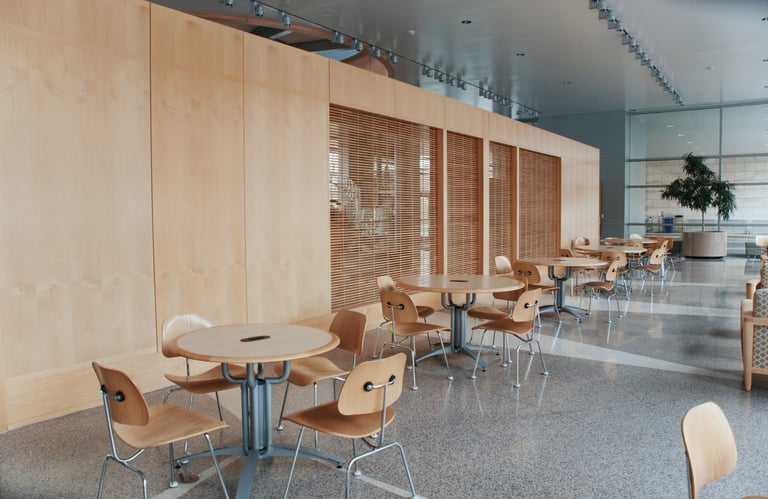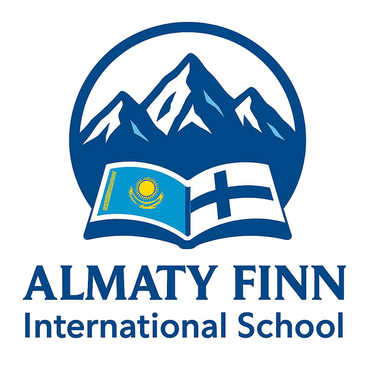Finnish education system
Highly Trained Teachers
All Finnish teachers must have at least a Master’s degree, even for primary school. Teaching is a respected profession, similar to being a doctor or engineer. Because teachers are experts in education, they have full autonomy—they design their own lessons without strict government control.
Unlike in many countries, Finland does not rank schools or publish exam results. All schools receive equal funding, meaning a child in a small village gets the same quality education as one in Helsinki. This eliminates pressure to compete and ensures fairness.
No School Rankings or Competition
Less Homework & Stress
Trust-Based System
Finnish students have minimal homework, especially in younger grades. The focus is on understanding, not memorization. With shorter school days and more breaks, children have time for hobbies, sports, and family—leading to happier, more motivated learners.
The Finnish government sets broad guidelines, but teachers decide how to teach. There are no surprise inspections or strict standardized tests. This trust allows educators to be creative and adapt lessons to students’ needs. For example, if a class is interested in space, the teacher might design a science project around astronomy instead of rigidly following a textbook.


Finland’s education system is the best in the world. Instead of focusing on exams, competition, and extended school hours, Finland prioritizes equality, well-being, and trust in teachers and students.
1. Early Childhood Education (Ages 0-6): Learning Through Play
Finnish children attend daycare or kindergarten, focusing on play, social skills, and exploration rather than academic drills. Teachers are highly trained in child development, and the environment is relaxed, with plenty of outdoor activities.
2. Basic Education (Ages 7-16): No Tests, Just Learning
Finnish children start compulsory schooling at age 7. There are no standardized tests (except one at the end of high school). Teachers assess students through projects, discussions, and real-world tasks. For example, instead of taking a math quiz, students might plan a mock business, calculating costs and profits in a practical way. School days are short (usually ending by 2 PM), with frequent breaks for physical activity.
3. Upper Secondary Education (Ages 16-19): Two Flexible Paths
Finnish students choose between: General Upper Secondary School (academic track, preparing for university) AND Vocational School (hands-on training for careers like nursing, IT, or construction)
Our goal is to develop students who are creative, courageous and respectful.




